Euphorbia Tithymaloides, commonly known as the "Redbird Cactus," "Devil's Backbone," or "Jewbush," is an interesting and attractive succulent plant. It belongs to the Euphorbiaceae family and is native to tropical and subtropical regions of the Americas, particularly from Florida to Central America and the Caribbean.
- Appearance:
- Stems: The plant features zigzagging, fleshy stems that grow in a unique, erratic pattern, resembling a spine or backbone.
- Leaves: Leaves are small, oval, and dark green, growing alternately along the stems.
- Flowers: The flowers are tiny, tubular, and usually bright red or pink, growing in clusters at the tips of the stems. The flowers often attract hummingbirds and other pollinators.
- Height: Euphorbia tithymaloides can grow up to 6-8 feet tall in its native habitat, but typically remains smaller when grown indoors or in containers.
Care Tips:
Light:
- Indoors: Place the plant in a bright, sunny location. It prefers full sun but can tolerate partial shade.
- Outdoors: Ideal for a spot that gets plenty of sunlight. It can handle some afternoon shade, especially in hotter climates.
Watering:
- Water thoroughly when the top inch of soil feels dry. Allow the soil to dry out between waterings.
- Reduce watering frequency in the winter months when the plant's growth slows down.
- Be cautious of overwatering, as this can lead to root rot.
Soil:
- Use a well-draining soil mix, such as a cactus or succulent potting mix.
- Ensure the pot has drainage holes to prevent water from accumulating at the bottom.
Temperature:
- Prefers warm temperatures, ideally between 65°F and 80°F (18°C - 27°C).
- Protect the plant from cold drafts and temperatures below 50°F (10°C).
Humidity:
- Tolerates a wide range of humidity levels but thrives in average household humidity.
- No need for special humidity adjustments.
Fertilization:
- Feed with a balanced, water-soluble fertilizer diluted to half strength once a month during the growing season (spring and summer).
- No need to fertilize during the winter months.
Pruning:
- Prune to control the size and shape of the plant. Remove any dead or damaged stems.
- Wear gloves when handling the plant, as the sap can be irritating to the skin.
Propagation:
- Easily propagated through stem cuttings. Allow the cut ends to callous over for a few days before planting them in well-draining soil.
- Keep the soil lightly moist until the cuttings establish roots.
Pests and Problems:
- Generally resistant to pests but can occasionally attract mealybugs, aphids, or spider mites. Treat infestations with insecticidal soap or neem oil.
- Watch out for signs of overwatering, such as yellowing leaves or soft stems.
Safety:
- The sap of Euphorbia tithymaloides is toxic if ingested and can cause skin irritation. Keep away from pets and children.
By following these care tips, your Euphorbia tithymaloides can thrive and add a unique, architectural interest to your indoor or outdoor plant collection.
#Euphorbia tithymaloides #Devil's BackbonePlant #Succulent #Indoor Plants Pakistan #OutdoorGardensPakistan #LowMaintenancePlants #Exotic Plants Pakistan #Architectural Plants #Zigzagging Stems #Crisscross Pattern #Drought Tolerant Plants #Bright Green Leaves #Ornamental Plants Pakistan #Houseplants Pakistan
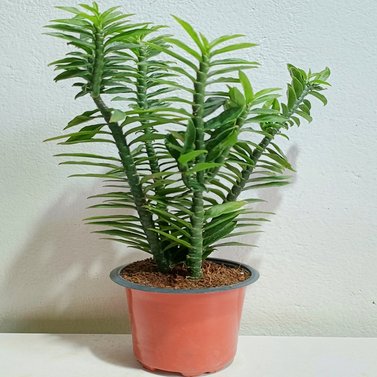
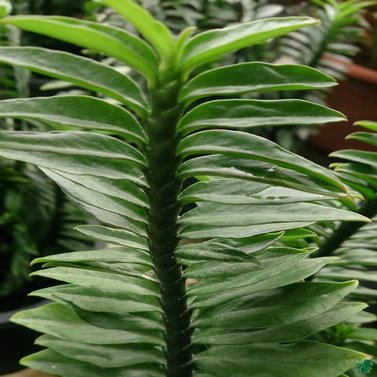
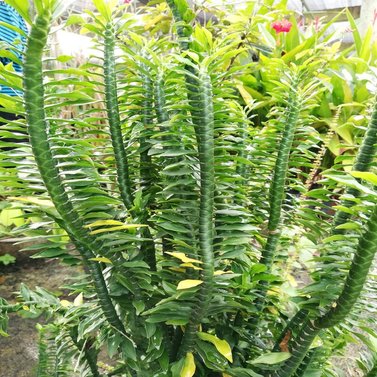
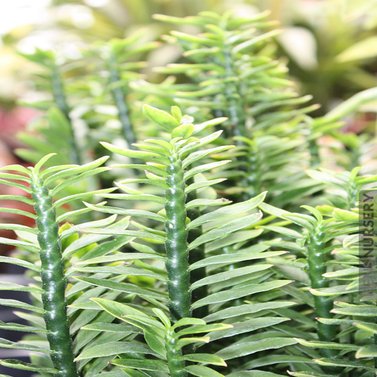
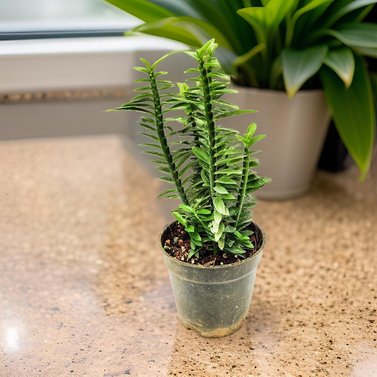
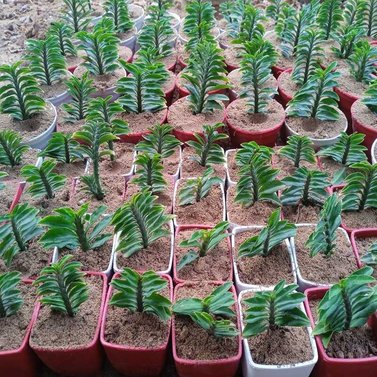
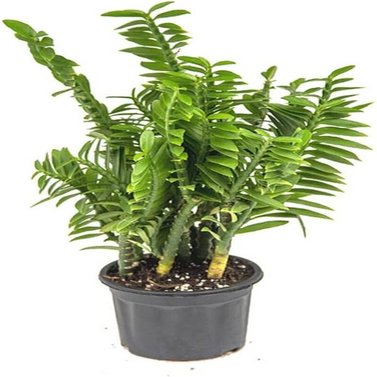







Write Your Review
Euphorbia Tithymaloides - Devil Backbone
Euphorbia Tithymaloides, commonly known as the "Redbird Cactus," "Devil's Backbone," or "Jewbush," is an interesting and attractive succulent plant. It belongs to the Euphorbiaceae family and is native to tropical and subtropical regions of the Americas, particularly from Florida to Central America and the Caribbean.
Care Tips:
Light:
Watering:
Soil:
Temperature:
Humidity:
Fertilization:
Pruning:
Propagation:
Pests and Problems:
Safety:
By following these care tips, your Euphorbia tithymaloides can thrive and add a unique, architectural interest to your indoor or outdoor plant collection.
#Euphorbia tithymaloides #Devil's BackbonePlant #Succulent #Indoor Plants Pakistan #OutdoorGardensPakistan #LowMaintenancePlants #Exotic Plants Pakistan #Architectural Plants #Zigzagging Stems #Crisscross Pattern #Drought Tolerant Plants #Bright Green Leaves #Ornamental Plants Pakistan #Houseplants Pakistan
Our Feedback